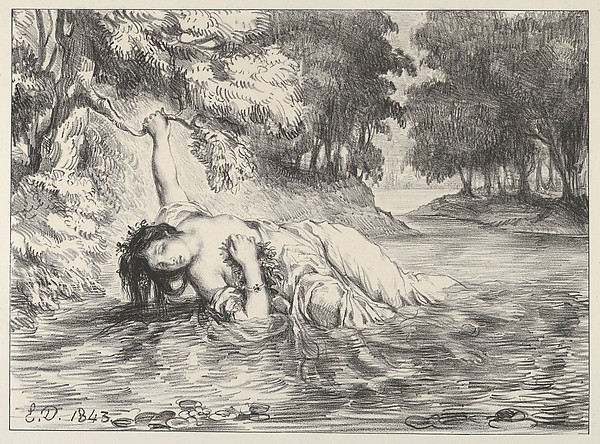Mythologies
1.1
Stories are told to each generation. These stories are passed from father to son, pastor to partitioners, troubadours to the stationary, friend to friend, community to community.
Each contains a vision of the world. Visions that share elements of truth and fiction. Structural elements and characters have changed names, forms, and moralities.
There are many scholars, more studied that I, who have analyzed why culture developed mythology; and this is a blog, not a dissertation.
My understanding is that we develop mythologies to explain the world. (Most) ancient Greeks did not believe that there was a literal person tossing lightening during a storm. Zeus myths go towards explaining the world in which they lived. These tales provided folks a way to rationalize their world, to create a culture. Stories are told between people, and these shared stories make up the fundamental attributes of culture, and this should never be underestimated.
